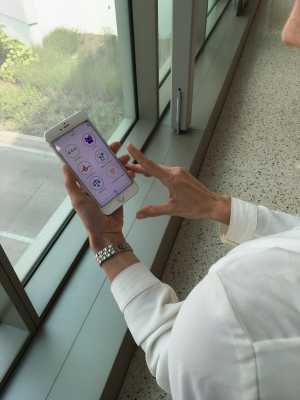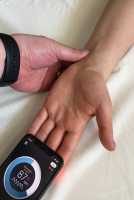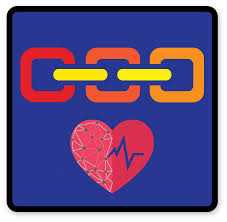ASCO, Author Interviews, Cancer Research, Technology / 22.06.2018
Watson for Clinical Trial Matching Increases Enrollment in Breast Cancer Trials
MedicalResearch.com Interview with:
Alexandra Urman, MPH
Clinical Research Manager
Clinical Development
IBM Watson Health
MedicalResearch.com: What is the background for this study?
Response: Cancer statistics show only 3-5% of cancer patients participate in clinical trials although up to 20% may be eligible.
Dr. Tufia Hadad, a medical Oncologist at the Mayo Clinic in Rochester, Minnesota sought to address this issue and spearheaded a project conducted at the Rochester facility in collaboration with IBM Watson Health. The objective was to determine if the use of cognitive computing increased clinical trial enrollment and screening efficiency in the breast cancer clinic.
Watson for Clinical Trial Matching (CTM) is a cognitive system which utilizes natural language processing to derive patient and tumor attributes from unstructured text in the electronic health record that can be further used to match a patient to complex eligibility criteria in trial protocols.
(more…)






